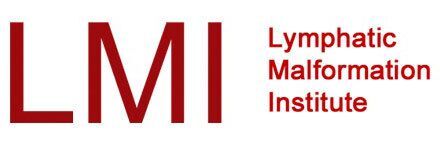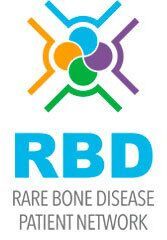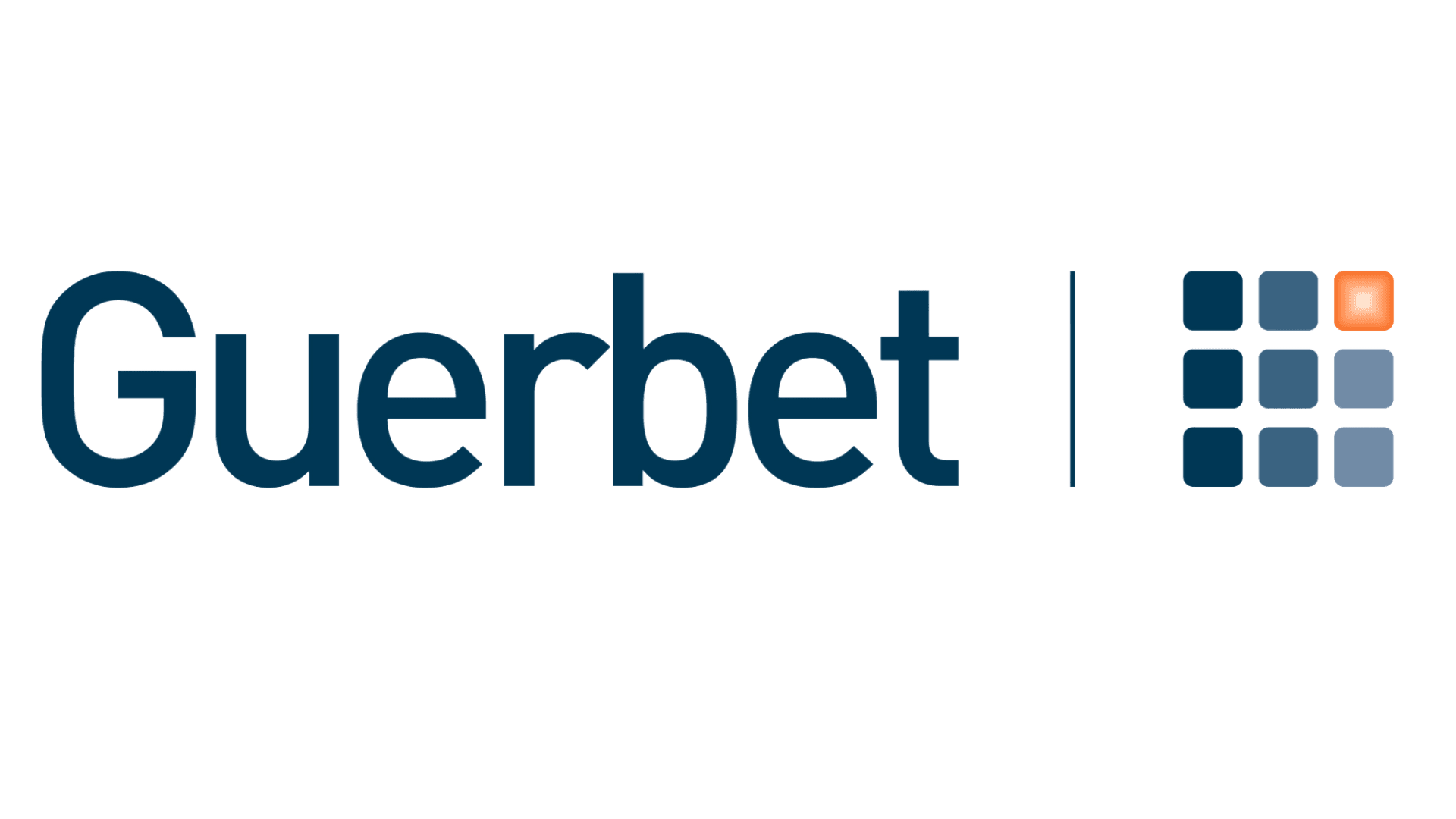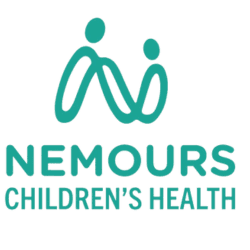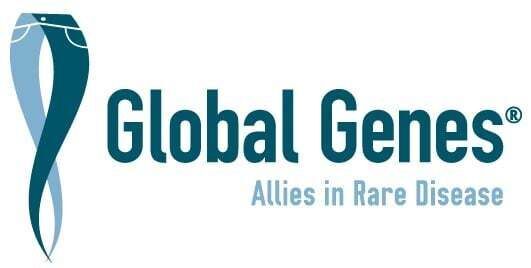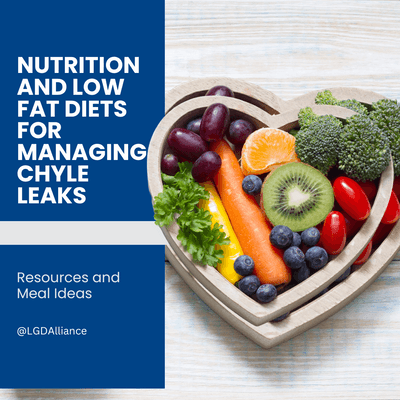
For individuals in the Complex Lymphatic Anomaly (CLA) community, managing chyle leaks can feel overwhelming. One of the most common recommendations from doctors is to follow a low-fat diet. This diet is designed to reduce the amount of chyle the body produces, helping to alleviate symptoms in the short term.
Chyle, a fluid rich in fats (long-chain triglycerides), proteins, and fat-soluble vitamins, is produced during digestion and transported through the lymphatic system. When a chyle leak occurs due to damage or disruption in the lymphatic system, following a low-fat diet becomes crucial. The good news is that there are resources available to help guide you through this process.
Why Nutrition Matters
Chyle leaks happen when the lymphatic system is compromised, often due to surgery, injury, or a disease condition like a CLA. The goal of a low-fat diet is to minimize the flow of chyle, giving the lymphatic system time to heal. By reducing the intake of long-chain triglycerides (LCTs) in your diet, you can help lower chyle production and prevent further complications.
However, eliminating fats completely isn't feasible. The body still needs energy, and fats are essential for many functions. This is where medium-chain triglycerides (MCTs) come in. MCTs bypass the lymphatic system and are absorbed directly into the bloodstream, allowing you to maintain your energy levels without increasing chyle production.
Resources for Low-Fat Food Recommendations and Meal Ideas
Navigating a low-fat diet can be challenging, especially when trying to find foods that fit these strict dietary guidelines. We’ve gathered some helpful resources and meal ideas to support you and your family during this time:
Patient Education Information on low-fat diets for the management of chyle leaks:
Key Points to Consider
- Reduce LCT Fats: Most fats in our diet are long-chain triglycerides, so it’s important to minimize or avoid high-fat foods like fatty meats, dairy products, oils, and fried foods. Opt for foods labeled “fat-free” or “low-fat.”
- Incorporate MCT Fats: MCT fats are a great alternative to LCTs, as they are absorbed directly into the bloodstream and bypass the lymphatic system. MCT oils can be prescribed by your doctor and are available in stores.
- Monitor Nutrition Carefully: It’s essential to work with your local care team or dietitian to ensure you are still meeting your nutritional needs, especially if the diet is being followed by young children.
Tips for Managing the Low-Fat Diet
For many patients and families, particularly those with young children, the low-fat diet can be difficult. Finding foods that children like and ensuring they’re getting enough calories can be stressful. You may worry about them losing weight or becoming malnourished. Here are some strategies to help:
- Meal Planning: Plan meals in advance and incorporate a variety of fat-free or low-fat foods that your child enjoys. Using MCT oil as a cooking base or adding it to smoothies and soups can help boost energy intake without increasing chyle production.
- Label Reading: Pay close attention to food labels to ensure that foods labeled “fat-free” actually meet the criteria for your diet. Many foods labeled this way may still contain small amounts of fat.
- Small, Frequent Meals: Offering smaller, more frequent meals can help ensure your child is getting enough nutrition without overwhelming their system. This can also help manage picky eating.
The Role of the Lymphatic System in Chyle Leaks
Understanding how the lymphatic system works can make it easier to see why a low-fat diet is so important. The lymphatic system is responsible for draining fluids and absorbing fats from the digestive system. When this system is damaged, chyle leaks occur, leading to fluid buildup and other complications. By reducing the amount of fat that enters the lymphatic system, you help prevent further damage and support healing.
Conclusion
If you or a loved one has been diagnosed with a CLA and is experiencing a chyle leak, following a low-fat diet may be the first step your doctor suggests. This diet can help reduce chyle production in the short term while your healthcare team works on developing a more comprehensive treatment plan. While the diet can be challenging, especially for families, there are numerous resources available to help you find suitable low-fat foods and recipes.



